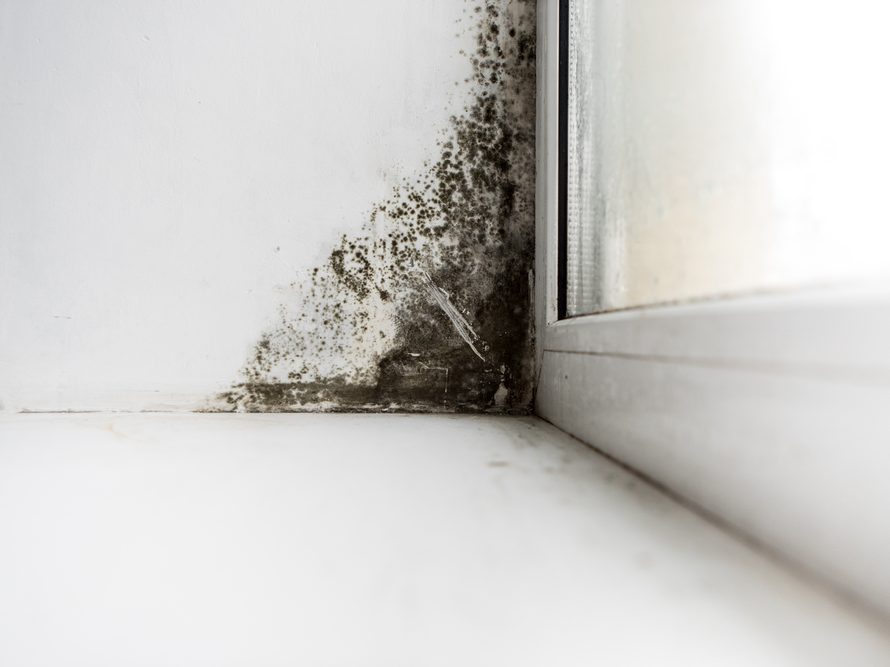Making Certain Post Remediation Verification Precision
Making Certain Post Remediation Verification Precision
Blog Article
Specialist Tips for Message Mold Remediation Success
In the realm of mold and mildew removal, efficiently eradicating mold and mildew is just half the fight; the real difficulty hinges on preventing its reappearance. Post-remediation efforts play a vital function in making certain a mold-free environment in the long-term. By adhering to expert suggestions and best methods, people can protect their spaces versus mold and mildew revival and maintain a healthy and balanced indoor atmosphere. It remains in this phase of the remediation procedure that interest to information and positive measures really make a difference.
Display Humidity Degrees Frequently
After completing mold removal procedures, keeping optimal moisture degrees is important to prevent mold and mildew re-growth and guarantee a healthy interior environment. High humidity levels over 60% create a favorable setting for mold and mildew to thrive, making routine monitoring a proactive procedure to prevent any type of future mold and mildew problems.
Making use of hygrometers or moisture meters can help in properly determining humidity degrees in various areas of the residential or commercial property. These tools supply real-time information that makes it possible for remediation professionals to make informed decisions regarding ventilation, dehumidification, and other necessary activities to preserve optimal humidity levels post-remediation. Furthermore, establishing a routine schedule for humidity checks, especially in high-risk areas such as washrooms, kitchens, and cellars, is a positive technique to mold prevention. By consistently monitoring moisture degrees, homeowner can properly minimize the danger of mold and mildew reoccurrence and keep a healthy and balanced indoor environment post-remediation.
Conduct Thorough Inspections Post-Remediation
Complying with the conclusion of mold removal procedures, it is crucial to conduct detailed examinations to validate the performance of the remediation process. These post-remediation inspections are important in ensuring that the mold and mildew concern has actually been successfully attended to and that there is no reoccurrence or continuing to be mold development. Inspections should be performed by certified specialists that have know-how in identifying mold and mildew and examining interior air quality.
Throughout these evaluations, various techniques such as visual evaluations, air tasting, and surface sampling might be utilized to extensively review the remediated locations. Aesthetic assessments entail an in-depth assessment of the premises to examine for any kind of visible signs of mold development or water damage. Air sampling helps in identifying the air-borne mold and mildew spore degrees, while surface sampling can detect mold particles on surface areas.
Implement Appropriate Ventilation Methods
After making sure the effectiveness of the mold removal procedure with complete inspections, the following vital step is to concentrate on carrying out correct air flow methods. Adequate ventilation is essential in avoiding mold reoccurrence by controlling dampness degrees and promoting air blood circulation.
Correct air flow not just help in protecting against mold and mildew development but likewise adds to the total wellness and convenience of owners. By guaranteeing sufficient ventilation throughout the residential property, you can lower the threat of mold and mildew regrowth and develop a much healthier living setting.

Usage Mold-Resistant Products for Services
To boost the lasting efficiency of mold removal efforts, incorporating mold-resistant products for fixings is crucial in reducing the threat of future mold development. Mold-resistant products are made to stand up to moisture and prevent mold growth, making them an essential option for areas prone to wetness and humidity. When fixing areas influenced why not try this out by mold and mildew, utilizing products such as mold-resistant drywall, mold-resistant paints, and mold-resistant caulking can help prevent mold and mildew recurrence.
Mold-resistant drywall is a superb alternative to conventional drywall in locations like washrooms and basements where wetness levels are greater. When revealed to damp problems, this kind of drywall has a special coating that withstands mold growth also. Additionally, using mold-resistant paints consisting of antimicrobial representatives can even more prevent mold and mildew growth on walls and ceilings.
In locations where dampness prevails, such as shower rooms and cooking areas, using mold-resistant caulking around tubs, sinks, and windows can help seal out water and protect against mold from holding in splits and gaps. By buying these mold-resistant materials during repair work post-remediation, you can substantially minimize the probability of future mold and mildew problems and maintain a much healthier indoor environment.
Maintain Sanitation and Address Water Issues
After mold removal, it is essential to keep a clean environment to avoid you could try here the regrowth of mold and mildew. Leakages, water breach, or high humidity levels can produce the excellent breeding ground for mold, so it is imperative to repair any kind of water-related problems right away.
To preserve tidiness, take into consideration making use of HEPA filters in vacuum cleaners and air purifiers to catch mold and mildew spores and prevent their circulation in the air. In addition, guaranteeing appropriate ventilation in areas susceptible to moisture build-up, such as bathrooms and kitchens, can aid maintain moisture levels in check. By staying attentive concerning sanitation and resolving water problems without delay, you can effectively prevent mold and mildew reinfestation and preserve a healthy indoor environment.
Verdict

In the realm of mold and mildew removal, successfully removing mold learn this here now is only half the battle; the true obstacle lies in preventing its reappearance. After finishing mold removal procedures, maintaining ideal moisture degrees is essential to prevent mold re-growth and make sure a healthy and balanced interior environment. High humidity levels above 60% produce a helpful environment for mold to thrive, making routine monitoring a positive step to stop any type of future mold and mildew problems.
To boost the long-term efficiency of mold and mildew removal initiatives, integrating mold-resistant materials for fixings is critical in mitigating the threat of future mold and mildew growth. After mold removal, it is critical to keep a tidy setting to protect against the regrowth of mold and mildew.
Report this page